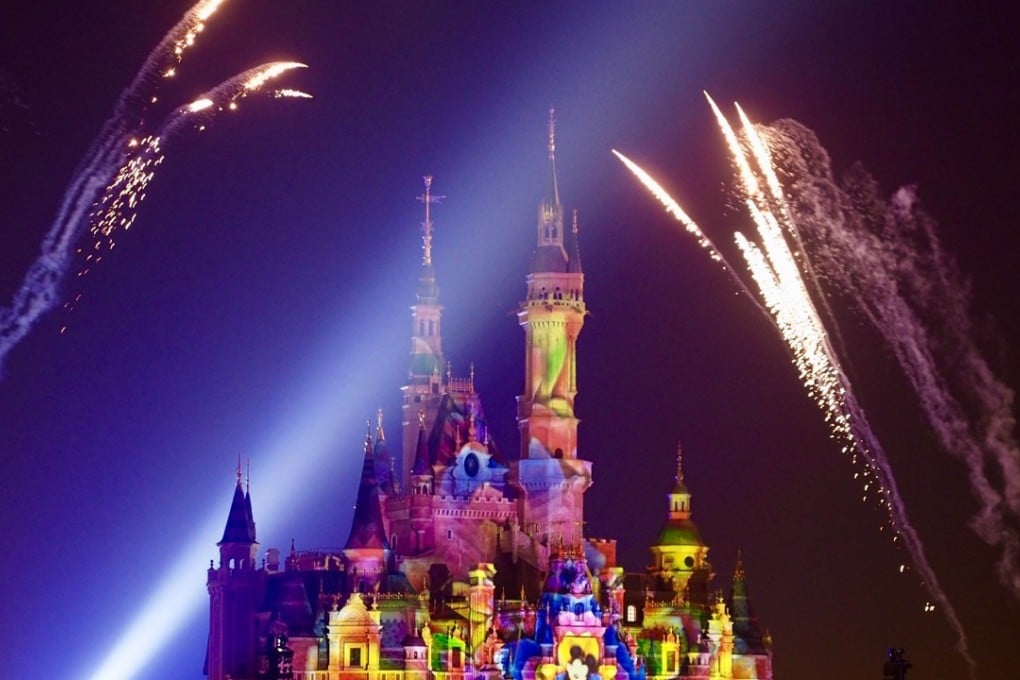Disney, Ocean World, Legoland ... why is Shanghai building so many theme parks?
Despite a successful first 12 months, Shanghai Disneyland’s fortunes could be facing a roller coaster ride as a raft of local rivals set their sights on a slice of the action

Shanghai Disneyland celebrates its first birthday on Friday. The US$5.5 billion theme park opened with a fanfare on June 16, 2016, and despite niggling complaints about costly food, long queues, ticket scalpers and rude tourists, it has since welcomed more than 10 million visitors.
Despite the auspicious start, it might not yet be time to celebrate, as the 3.9 sq km attraction in the heart of the Chinese metropolis is set to face some stiff competition.

First up is the 3-billion-yuan (US$440 million) Shanghai Polar Ocean World, which is scheduled to open in July next year. Located about a 30-minute drive from Disneyland, it is forecast to draw about six million visitors a year. A further half-hour’s drive away will be Ice World, which is set to open around 2019 and which is being touted as the world’s largest indoor ski park. And in 2022, the city will become home to China’s first Legoland.
Polar Ocean World will be operated by China’s Haichang Group, Ice World is a joint venture between the Shanghai government and Singapore property developer KOP Group, and Legoland is owned by Britain’s Merlin Entertainments Group.
But the competition is not restricted to Shanghai. Investors and developers are flocking to eastern China in a bid to tap into its wealth of leisure and entertainment consumers.